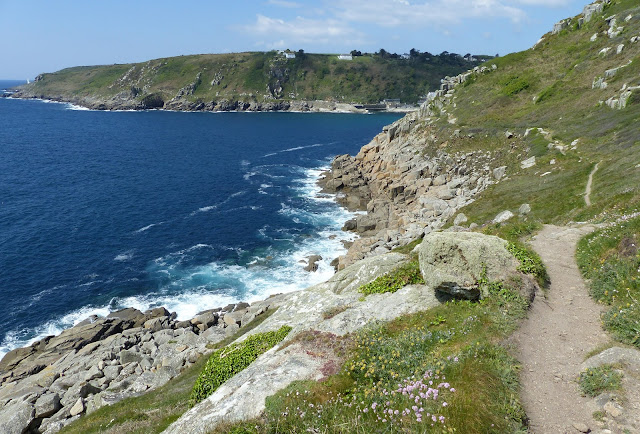I have had an email from Prof. Robert Pugh, of the Department of Science, Nottingham Trent University, UK, which I publish here as it has some interesting information:
I was visiting Dr. Seher Ata in February/March this year in the University of New South Wales Engineering, Sydney and we are cooperating on a project dealing with particle stabilized bubbles. At the same time Alan Buckley was visiting and he is working with Seher on the influence of recycled process water on coal. Alan is Honorary Professor in the Facility of Science at UNSW and lives near the Macquarie University. Below is a photo of Seher, me and Alan having coffee.
 |
| Seher, Alan and Robert |
We are preparing an article on bubble break-up and Jim Finch, of McGill University, Canada and Graeme Jameson from University of Newcastle, Australia will also be co-authors. Seher would like to add that the school of mineral processing (where she is now a senior lecture) has made an important contribution in the area of coal processing. Seher took over from Associate Prof Tony Parsonage about 3 years ago.
I found it interesting to see that Seher Ata has also created for her courses a virtual reality module offering her students a fully interactive and immersive journey through the mysterious world of mineral processing.
Using this module, it is possible to take an interactive journey into the fascinating belly of a base-metal concentrator. The project, is the latest in a series of projects using virtual reality (VR) technology for educational purposes at the School. The module is available in the School’s multimillion-dollar AVIE facility– a 360-degree stereoscopic (3D) immersive interactive visualisation system. Seher Ata based the module on a real mineral processing plant at Northparkes Mine in NSW, where her team spent three days accumulating video footage and thousands of images to document every element of the plant. It’s interactive, so students can go inside the equipment and actually see how it works. They can see the principles of a process and how they’re connected with neighbouring processing units along the flowsheet. “Northparkes was a good choice because we already have a 3D model of the underground layout of the mine so, now, students can follow the ore from the mine to the processing plant and make a strong connection between the two.”
Undergraduate and postgraduate students have piloted the module and Ata was thrilled when many highlighted it as the best feature of the processing course. The module is currently only available in the AVIE facility, but Ata says she plans to have it converted into an app for use in VR headsets. “This will open the experience up to universities and mining sites all over the world,” she says. “I’m in the process of applying and searching for funding to do this now.” Ata believes the benefits of using VR in mining education will see its use continue to soar. “VR is the only real alternative to field trips, which are great in theory but often impractical to organise being both time consuming and expensive,” she says. “I think we are only just realising how valuable virtual reality technology can be in the future of not only mining engineering but other engineering education, too.”
This is a great innovation and could be a really credible alternative to the traditional field trip, which can be a real pain these days with its interminable safety inductions. I well remember my dismal visit to Palabora Copper Mine during the SAIMM Base Metals Conference in 2011, which was beset by three hours of security, and health and safety inductions, which left little time to visit the operations. I had previously visited Palabora in 1978, when I drove straight into the mine complex. So I look forward to hearing more from Seher as this project develops.
This is a great innovation and could be a really credible alternative to the traditional field trip, which can be a real pain these days with its interminable safety inductions. I well remember my dismal visit to Palabora Copper Mine during the SAIMM Base Metals Conference in 2011, which was beset by three hours of security, and health and safety inductions, which left little time to visit the operations. I had previously visited Palabora in 1978, when I drove straight into the mine complex. So I look forward to hearing more from Seher as this project develops.




































.jpg)
















